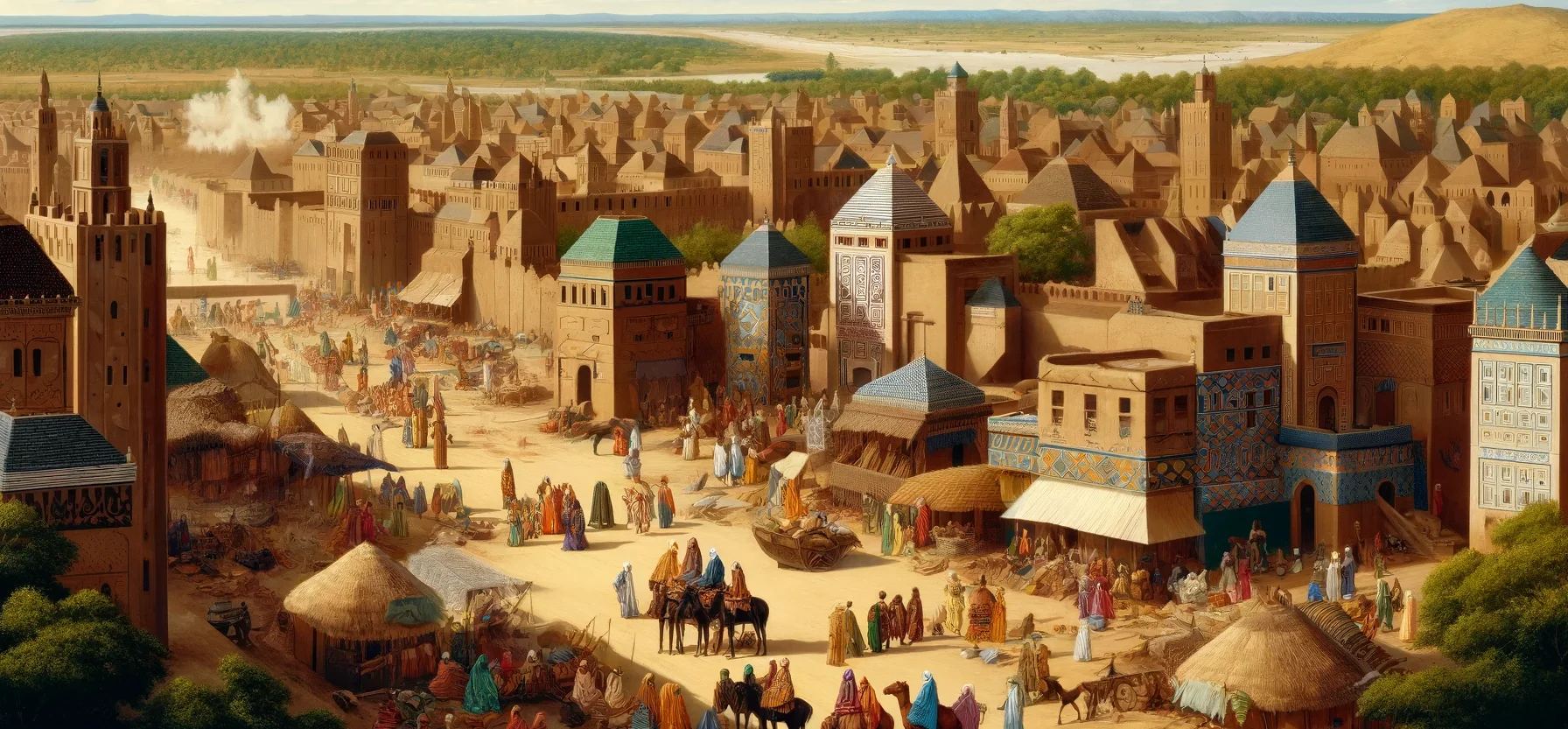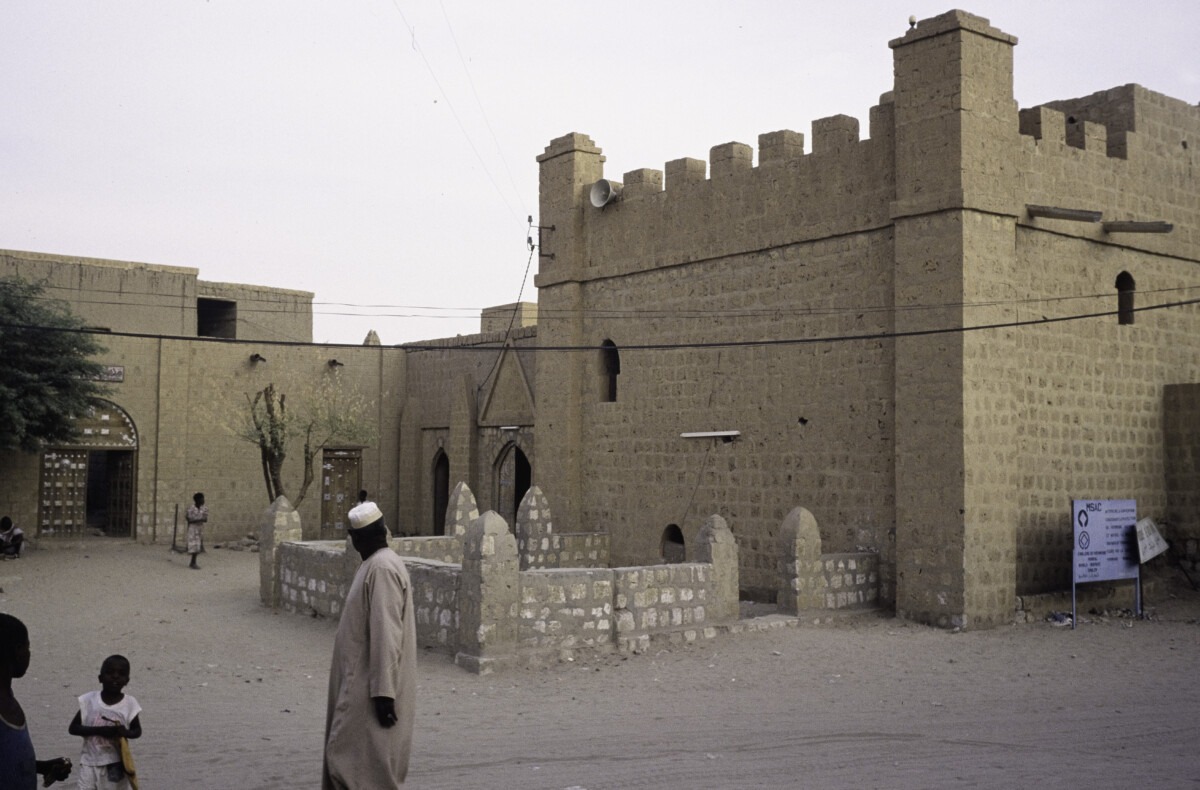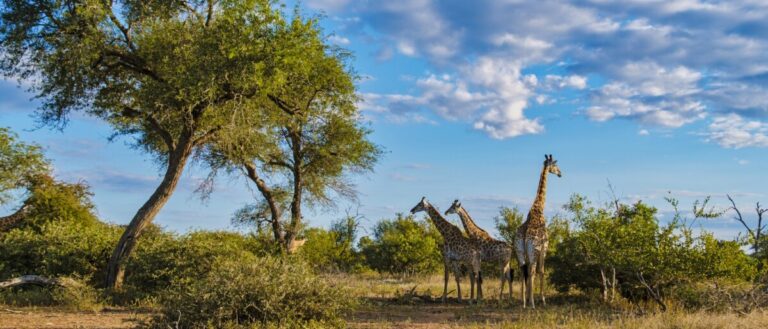Reclaiming History: Africa’s Untold Stories of Prosperity and Power
The wealthiest person in history was Mansa Musa (circa 1280-1337*), the king of the Mali Empire in West Africa. Mansa Musa was known for his extraordinary wealth, primarily due to the abundant gold and salt resources within his empire. During his renowned pilgrimage to Mecca in 1324, he distributed so much gold that it destabilized local economies along his route. While Mansa Musa’s era is distinct for its prosperity and cultural exchange in West Africa, it’s a challenge to directly compare his wealth to today’s figures like Jeff Bezos, given the vast differences in economic systems and currency values over time.
Mansa Musa, the 14th-century emperor of the Mali Empire, is often referred to as one of the wealthiest people in history. It’s challenging to accurately compare his wealth to modern-day billionaires like Jeff Bezos, as the economic systems and currencies of the time were vastly different from today.
However, some estimates suggest that Mansa Musa’s wealth was around $400 billion, taking into account the value of gold during his time and the extent of his empire. In comparison, as of my knowledge cutoff date in September 2021, Jeff Bezos’ net worth was estimated at around $200 billion
Enter the Transatlantic Slave Trade

The transatlantic slave trade, which forcibly took millions of Africans to the Americas, began in the 15th century, several centuries after Mansa Musa’s reign. Mansa Musa ruled the Mali Empire in the early 14th century, and his vast wealth was accumulated before the transatlantic slave trade began.
It included a systematic breakdown of kingdoms and wealth of Africans. A general repression of black people of Africa.
The transatlantic slave trade had a significant impact on African societies and led to the breakdown of many kingdoms and the general repression of African people. The slave trade disrupted the social, political, and economic structures of African societies and contributed to their destabilization.
European slave traders often forged alliances with local African rulers and merchants, who provided captives in exchange for goods, such as guns and other manufactured items. This trade created an arms race among African kingdoms, as obtaining European firearms provided a military advantage. As a result, wars and raiding for captives became more prevalent, which further destabilized many regions in Africa.
The large-scale removal of millions of able-bodied men and women had a profound impact on African societies. The loss of population not only affected the labor force but also disrupted the social fabric of communities. Family structures were torn apart, and the loss of so many individuals created a generational impact that affected the population’s growth and development.
The extraction of human resources also affected the development of African economies, as the labor force that would have otherwise contributed to agriculture, trade, and other economic activities was severely diminished. The transatlantic slave trade, along with colonialism that followed, significantly hindered the growth and development of African societies.
It’s important to note that while the transatlantic slave trade and subsequent European colonialism led to the repression and systematic breakdown of many African societies, African history is vast and diverse, with many resilient and vibrant cultures and kingdoms existing before, during, and after this dark period.

Weekly Wisdom Builder
Got 4 minutes a week?
A new 4-minute thought-provoking session lands here every Sunday at 3PM, emailed on Mondays, and shared throughout the week.
Exactly what the world needs RIGHT NOW!
Did Mansa Musa have slaves?
Indeed, Mansa Musa, like many rulers of his time, had slaves, but this was not chattel slavery and it was not race based. He was not trying to suppress an entire race. It’s crucial to understand the context and nature of slavery within the Mali Empire, which differed significantly from chattel slavery as it developed in the Atlantic slave trade from the 16th century onwards. In the Mali Empire, and broadly in many societies prior to the Atlantic slave trade, slavery often arose from debt or as a result of war, and while still a severe deprivation of freedom, it sometimes allowed for the possibility of liberation or integration into the society in a way chattel slavery did not.

Chattel slavery, which emerged on a massive scale during the transatlantic slave trade, involved treating enslaved people as personal property without any rights, extending this status hereditarily from parents to their children, and to a race of humans. This form of slavery, characterized by its brutality, dehumanization, and permanence, was distinct in its systemic degradation of enslaved individuals and their descendants.
I want to make it clear that no form of slavery is justifiable or less morally reprehensible. Each has inflicted profound suffering and injustice on countless individuals throughout history. The point is to recognize the historical variations in the institution of slavery and the unique horror of chattel slavery that became predominant in the modern era, fundamentally altering societies worldwide and leaving a lasting legacy of trauma and inequality.
African History Before Mansa Musa
For a visual insight into the ancient history of Africa, check out the timeline History of the Lands: Africa Edition. For now though, let me paint you a picture.
Long before Mansa Musa’s opulent pilgrimage showcased the wealth of Mali to the world, Africa was a continent of profound historical significance and innovation. Its story stretches back to the dawn of humanity and encompasses the rise of civilizations that contributed fundamentally to human progress.
The Cradle of Humankind
Africa’s central role in human history begins with its status as the “Cradle of Humankind.” Archaeological evidence from across the continent, from the lush valleys of the Great Rift Valley to the caves of South Africa, has unearthed the earliest known human ancestors. These discoveries have provided invaluable insights into human evolution, underscoring Africa’s pivotal contribution to our collective story.
Ancient Egypt and the Nubian Dynasty

One of the most iconic and enduring symbols of ancient African civilization is Ancient Egypt. Renowned for its monumental architecture, like the pyramids and the Sphinx, and its contributions to science, mathematics, and literature, Egypt’s influence on world history is unparalleled. However, less known is the period of the 25th Dynasty, when Pharaohs of Nubian origin ruled not just Nubia but Egypt as well. This era, often referred to as the Black Pharaohs, saw these rulers leave a lasting legacy in the form of monumental structures and a revitalization of Egyptian culture.
Innovations in Metallurgy
Far from the Nile Valley, in the heart of sub-Saharan Africa, technological innovations, particularly in metallurgy, were revolutionizing societies. The development of iron smelting technology around 1200 BCE enabled communities to create more efficient tools for agriculture, warfare, and daily life. West Africa, in particular, became a hub for advanced metallurgical techniques. The evidence of early iron furnaces in places like Nigeria and Central Africa highlights a widespread and sophisticated knowledge of ironworking long before such techniques were common in Europe.

Metallurgy likely began independently in multiple regions around the world. Particularly notable is the evidence from Tanzania, where some of the oldest traces of iron smelting have been discovered. The earliest evidence of metallurgy dates back to around 7,000 BCE in the Middle East, specifically in the areas that are now modern-day Iran and Turkey, where copper began to be worked by Neolithic communities. By 3,000 BCE, more advanced metallurgy, involving smelting to extract metals from ores, was practiced in the region, spreading to Europe and Asia thereafter.
Soon after mastering the smelting of copper, ancient metallurgists discovered the techniques to extract and work iron. The earliest evidence of iron smelting dates back to around 1200 BCE in the Hittite civilization in Anatolia, modern-day Turkey. This knowledge gradually spread, leading to the development of steel, an alloy of iron and carbon, which was being produced in various parts of the world by 1000 BCE, notably in East Africa and ancient India, enhancing tools and weaponry with its superior strength.
The history of iron smelting in Central Africa is remarkable, with archaeological evidence suggesting that this region was among the earliest in the world to develop the technology. Research indicates that iron smelting could have been practiced in Central Africa by around 1000 BCE, possibly earlier. This predates many other known instances of iron smelting globally, highlighting the region’s pioneering role in metallurgical innovation.
Particularly notable is the evidence from Tanzania, where some of the oldest traces of iron smelting have been discovered. While the specific tribes or kingdoms have been lost to time, by around 500 CE, various Bantu-speaking peoples were known for their skills in ironworking.

By around 500 CE, as the Bantu expansion continued, ironworking had become more widespread, and by this time, more identifiable cultural groups such as the ancestors of modern tribes like the Chaga, Nyamwezi, and Sukuma might have been involved in ironworking practices. These tribes, among others in the region, were known to engage in iron smelting and smithing, contributing to their economic and social development.
These findings suggest that communities in Central Africa not only independently developed iron smelting but did so at a very early stage compared to other civilizations worldwide.
However, it’s important to acknowledge that while Central Africa was an early center for iron metallurgy, other regions, including the Near East and South Asia, also have ancient histories of ironwork around the same period. The independent emergence of iron smelting in multiple locations illustrates a global pattern of technological evolution, with Central Africa playing a crucial and innovative role in this worldwide development.
Kingdoms and Empires
The rich tapestry of African history before Mansa Musa also includes the rise and fall of formidable kingdoms and empires, each with its own unique contributions to the continent’s history. The Kingdom of Kush, with its capital at Meroe, was renowned for its iron production and trade networks. Farther west, the Ghana Empire flourished through its control of trans-Saharan trade routes, dealing in gold, salt, and other precious commodities.

The Great Zimbabwe, a city built from stone without mortar, stands as a testament to the architectural prowess of the Shona people. Its towering structures and complex urban layout speak to a sophisticated society that thrived in the region between the 11th and 15th centuries.
The Spread of Knowledge and Culture
The spread of knowledge and culture across Africa was facilitated by vibrant trade networks that connected the continent internally and with the wider world. Islamic scholars and traders brought new ideas, technologies, and religious beliefs, blending with indigenous practices to create rich cultural tapestries. In the realm of education, the University of Timbuktu became a center of learning starting in the 13th century, drawing scholars from across the Islamic world and Africa.

Manuscripts from Timbuktu cover topics as diverse as religion, mathematics, medicine, and astronomy, indicating a highly literate and intellectually dynamic society. Similarly, the Swahili coast’s city-states were melting pots of culture and knowledge, where African, Arab, Persian, and later European influences intersected.
The history of Africa is a story of innovation, resilience, and diversity. From the earliest human ancestors to the powerful kingdoms and empires that shaped the continent, Africa’s history is integral to the global narrative. The innovations in metallurgy, the architectural achievements of the Great Zimbabwe, and the intellectual contributions of Islamic and indigenous scholars all testify to a continent rich in creativity and ingenuity.
As we reflect on this vast and varied history, it becomes clear that Africa’s past is not just a backdrop to the stories of other civilizations but a central chapter of humanity and core to our origin story.
—
* The doubt of extact years is because the Mali Empire relied heavily on oral traditions to pass down knowledge, history, and culture from one generation to the next.
—















